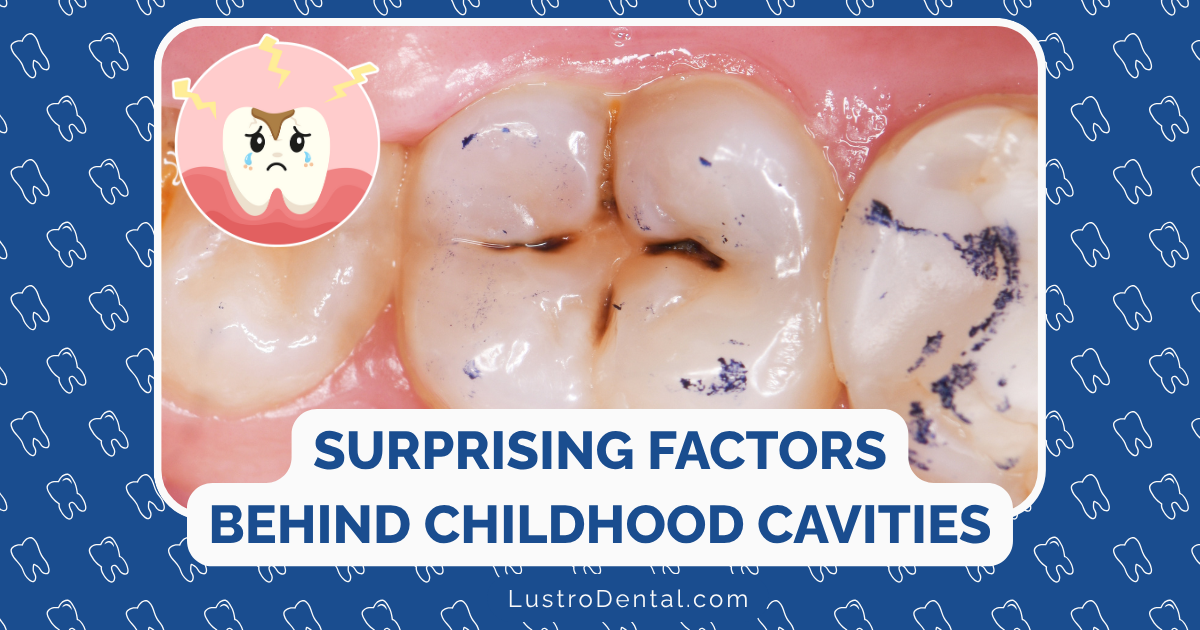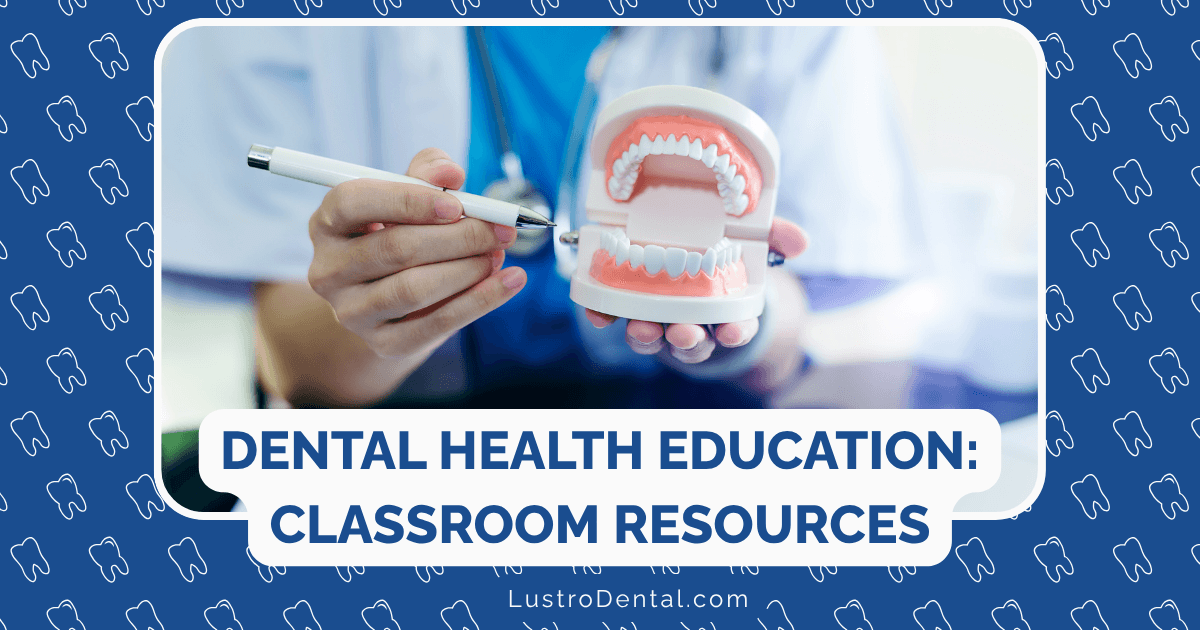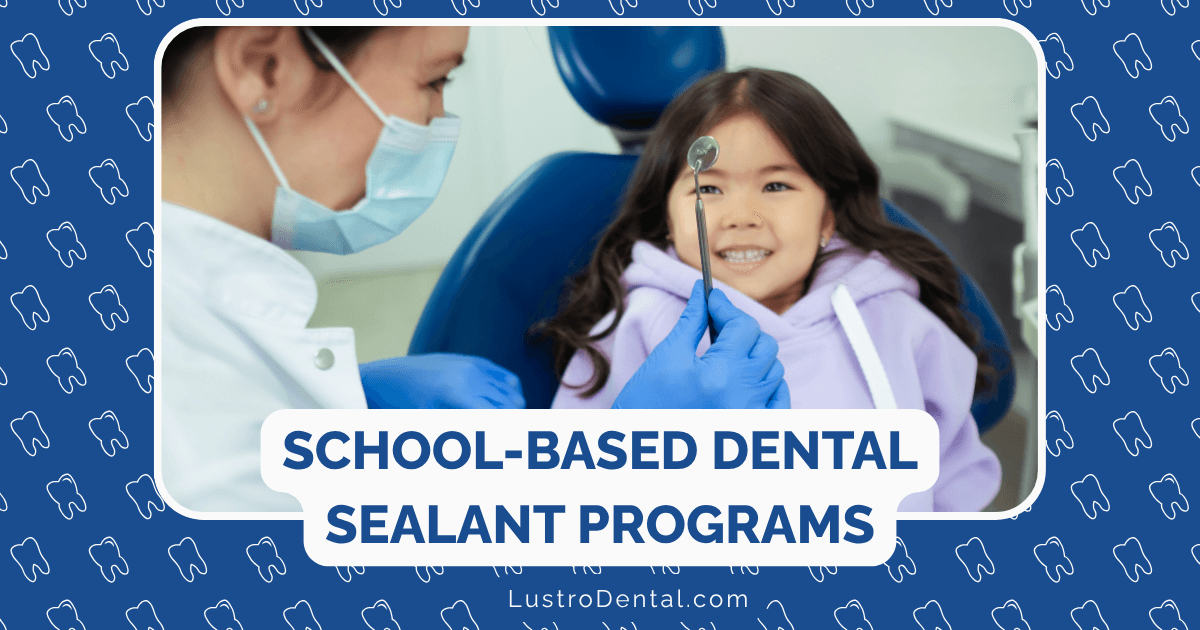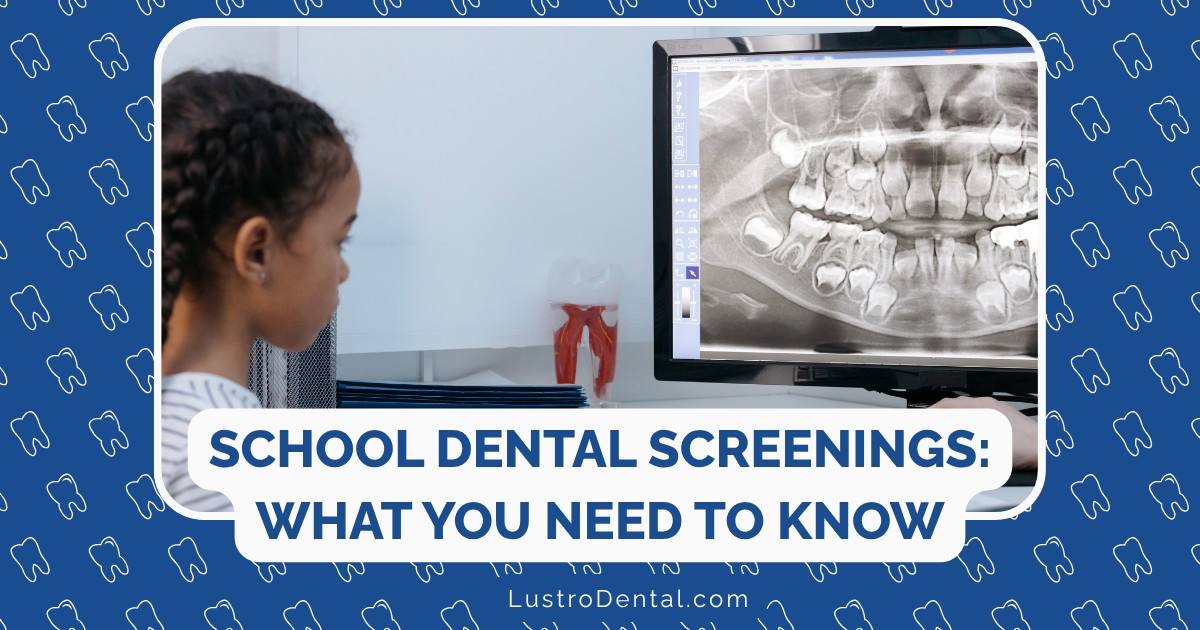Beyond Sugar: Surprising Causes of Childhood Cavities

We’ve all heard it a thousand times: “Sugar causes cavities.” As parents, we vigilantly monitor candy consumption, limit soda, and try to steer our kids toward healthier snacks. Yet despite our best efforts, the dentist still finds those dreaded cavities at check-up time.
If you’re wondering, “Why does my child keep getting cavities when we’re careful about sugar?” you’re not alone. The truth is, tooth decay is far more complex than simply blaming sugar. In fact, it’s the most common chronic childhood disease in America, affecting nearly 46% of children—about five times more common than asthma and seven times more common than hay fever, according to the National Institute of Dental and Craniofacial Research.
Let’s explore the surprising, lesser-known factors that might be contributing to your child’s cavities, and what you can do about them.
The Bacterial Connection: It Takes a Village (of Microbes)
While sugar certainly plays a role in cavity formation, it’s actually bacteria in the mouth that do the real damage. These bacteria feed on carbohydrates (including but not limited to sugar) and produce acids that erode tooth enamel.
Bacterial Transmission
Here’s something many parents don’t realize: cavity-causing bacteria can be transmitted from person to person, typically from caregivers to children.
Dr. Sarah Johnson, pediatric dentist at Children’s Dental Health, explains: “Cavity-causing bacteria aren’t present in a baby’s mouth at birth. They’re typically transferred from caregivers through shared utensils, testing food temperature with the same spoon, or cleaning pacifiers with your mouth.”
A fascinating 2023 study published in the Journal of Dental Research found that preschool children with severe cavities often had high levels of the oral fungus Candida albicans in their mouths—and so did their mothers, suggesting direct transmission.
What you can do: Maintain excellent oral hygiene yourself, avoid sharing utensils or cleaning pacifiers with your mouth, and consider asking your dentist about antimicrobial mouth rinses if you have a history of frequent cavities.
The Oral Microbiome Superorganism
Recent research has revealed that it’s not just a single type of bacteria that causes cavities. Rather, it’s complex communities of microorganisms working together.
“We now understand that certain bacteria form what we call a ‘superorganism’ with fungi in the mouth,” explains Dr. Michael Chen of Innovative Pediatric Dentistry. “This partnership between different microbes can dramatically enhance tooth decay risk, even when sugar consumption is moderate.”
What you can do: Probiotics designed for oral health may help balance the oral microbiome. Ask your pediatric dentist about appropriate options for children.
Hidden Sugars: The Sneaky Culprits
While most parents know to limit obvious sugars like candy and soda, many “healthy” foods contain surprising amounts of hidden sugars.
The Unexpected Sugar Bombs
According to research from Kitsap Dental Family Care, these seemingly innocent foods can be major contributors to childhood cavities:
- Flavored yogurt: Can contain as much sugar as dessert, even those labeled “organic” or “kid-friendly”
- Fruit juice: A glass of apple juice contains comparable sugar to a candy bar, plus acids that erode enamel
- Dried fruit: Sticky texture keeps sugar in contact with teeth longer
- Breakfast cereals: Many “kid-friendly” varieties contain more sugar per serving than a donut
- Granola bars: Often marketed as healthy but loaded with added sugars
- Sports drinks: Combine sugar with acids for a double attack on enamel
- Condiments: Ketchup, barbecue sauce, and even salad dressings can be packed with sugar
What you can do: Read food labels carefully (sugar can be listed under many names like fructose, sucrose, and maltose), choose plain yogurt with fresh fruit instead of flavored varieties, offer water instead of juice, and select whole fruits over dried options.
The Starch Surprise: Not Just About Sugar
Here’s a revelation that might change how you think about cavity prevention: starchy foods can be just as problematic as sugary ones.
The Starch-Bacteria Connection
A groundbreaking 2025 study from Cornell University discovered that starchy foods like white bread, pasta, and breakfast cereals can significantly affect oral bacteria populations.
Even more interesting, the researchers found that people have different genetic profiles (specifically variations in the AMY1 gene) that affect how their mouth bacteria respond to starchy foods. Some people produce more salivary amylase, an enzyme that breaks down starch more efficiently—but this might actually increase their cavity risk by making more simple sugars available to bacteria.
“This research suggests that personalized dental care based on genetic profiles might be the future of cavity prevention,” notes Dr. Emily Rodriguez, a researcher in pediatric oral health. “Some children may need to be particularly vigilant about brushing after consuming starchy foods, based on their genetic makeup.”
What you can do: Treat starchy foods like bread, crackers, and chips with the same caution as sugary treats. Encourage brushing after consuming them, and opt for whole grain versions when possible.
Lifestyle Factors: Beyond Diet
While what your child eats certainly matters, how they live their daily life can also significantly impact their cavity risk.
Sleep Habits and Bedtime
A surprising 2025 study published in BMC Oral Health found that children who went to bed after 10 p.m. had a significantly higher risk of developing multiple cavities. Children with bedtimes after 11 p.m. had a 23% higher prevalence of cavities compared to those who went to bed earlier.
Why? Late bedtimes often mean:
- Skipping evening brushing due to fatigue
- Snacking before bed without brushing afterward
- Reduced saliva flow during sleep (which normally helps protect teeth)
What you can do: Establish consistent bedtime routines that include thorough brushing and flossing, and aim for age-appropriate bedtimes.
Screen Time and Digital Habits
The same study revealed another unexpected connection: problematic internet use was associated with increased cavity risk, especially in boys. Children without family rules about screen time had a 20% higher prevalence of multiple cavities.
Dr. James Wilson of Wilson Pediatric Dentistry explains: “Screen time often correlates with mindless snacking, irregular meal patterns, and decreased attention to oral hygiene routines. Plus, children absorbed in screens may be more likely to sip on sugary drinks over extended periods, creating the perfect environment for cavity development.”
What you can do: Set clear screen time limits, establish tech-free zones (especially during meals), and create family rules about device usage.
Physiological Factors: When Biology Works Against You
Sometimes, despite excellent hygiene and diet, children still develop cavities due to biological factors beyond their control.
Enamel Defects
Some children are born with weaker enamel due to genetic factors, prenatal conditions, or complications during birth. This condition, called enamel hypoplasia, can make teeth more vulnerable to decay even with good care.
Signs of enamel defects include:
- White spots or discoloration on teeth
- Pits or grooves in the tooth surface
- Teeth that appear more translucent than normal
- Increased sensitivity to temperature or sweet foods
What you can do: If you suspect enamel defects, consult a pediatric dentist who may recommend special fluoride treatments, sealants, or other preventive measures.
Mouth Breathing and Dry Mouth
Children who breathe through their mouths due to allergies, enlarged adenoids, or other issues often experience dry mouth, which significantly increases cavity risk.
“Saliva is nature’s cavity fighter,” explains Dr. Lin of Hurst Pediatric Dentistry. “It neutralizes acids, washes away food particles, and delivers minerals that strengthen teeth. When children breathe through their mouths, especially during sleep, they produce less saliva, leaving teeth vulnerable to decay.”
What you can do: Address underlying causes of mouth breathing with your pediatrician or an ENT specialist. Ensure adequate hydration throughout the day, and consider a humidifier in your child’s bedroom.
Medication Side Effects
Many common childhood medications—including some for asthma, allergies, and ADHD—can reduce saliva production as a side effect.
What you can do: If your child takes medication regularly, discuss potential oral health impacts with their healthcare provider. They may recommend more frequent dental check-ups, additional fluoride treatments, or strategies to combat dry mouth.
Socioeconomic and Environmental Factors
Research consistently shows that socioeconomic factors significantly impact childhood cavity rates.
Access to Care
According to the National Institute of Dental and Craniofacial Research, about half of all U.S. children do not receive regular dental care due to social, economic, and geographic barriers. Children from lower-income households have cavity rates about twice as high as their more affluent peers.
What you can do: Explore school-based dental programs, community health centers, and dental schools that may offer reduced-cost care. Many states also have expanded dental coverage through CHIP (Children’s Health Insurance Program).
Water Fluoridation
Children living in areas without fluoridated water have significantly higher cavity rates. The CDC identifies water fluoridation as one of the ten great public health achievements of the 20th century, reducing tooth decay by about 25% in communities with optimized water fluoride levels.
What you can do: If your community doesn’t have fluoridated water, talk to your dentist about supplemental fluoride options. If you use bottled water exclusively, check whether it contains fluoride (most don’t).
Prevention Strategies: Beyond Brushing and Flossing
While regular brushing and flossing remain the foundation of good oral health, these additional strategies can help protect children at higher risk for cavities:
Dental Sealants
Sealants—thin protective coatings applied to the chewing surfaces of back teeth—can reduce cavity risk by up to 80% in molars. Yet less than half of children have them.
What you can do: Ask your dentist about sealants as soon as your child’s permanent molars erupt (typically around ages 6 and 12).
Silver Diamine Fluoride (SDF)
This relatively new treatment option can halt the progression of early cavities without drilling. A 2024 study showed that SDF is more effective than placebo treatments in stopping decay.
What you can do: For children with early cavity signs or those at high risk, ask your pediatric dentist if SDF might be appropriate.
Xylitol Products
Xylitol—a natural sugar substitute—has been shown to reduce cavity-causing bacteria in the mouth. Products include gum, mints, and toothpaste.
What you can do: For children old enough to safely use gum (typically over 4 years), consider xylitol gum after meals when brushing isn’t possible. Look for toothpastes containing xylitol as well.
Conclusion: A Multi-Faceted Approach
As we’ve seen, childhood cavities result from a complex interplay of biological, behavioral, and environmental factors that go well beyond simple sugar consumption. By understanding these surprising contributors to tooth decay, parents can develop more effective prevention strategies tailored to their child’s specific risk factors.
Remember that each child’s oral health journey is unique. What works for one child may not work for another, even within the same family. Regular dental visits remain essential for identifying individual risk factors and developing personalized prevention plans.
By addressing these lesser-known causes of childhood cavities, we can help our children develop healthier smiles that last a lifetime.
Has your child experienced cavities despite your best efforts at prevention? What surprising factors might have contributed? Share your experiences in the comments below.







